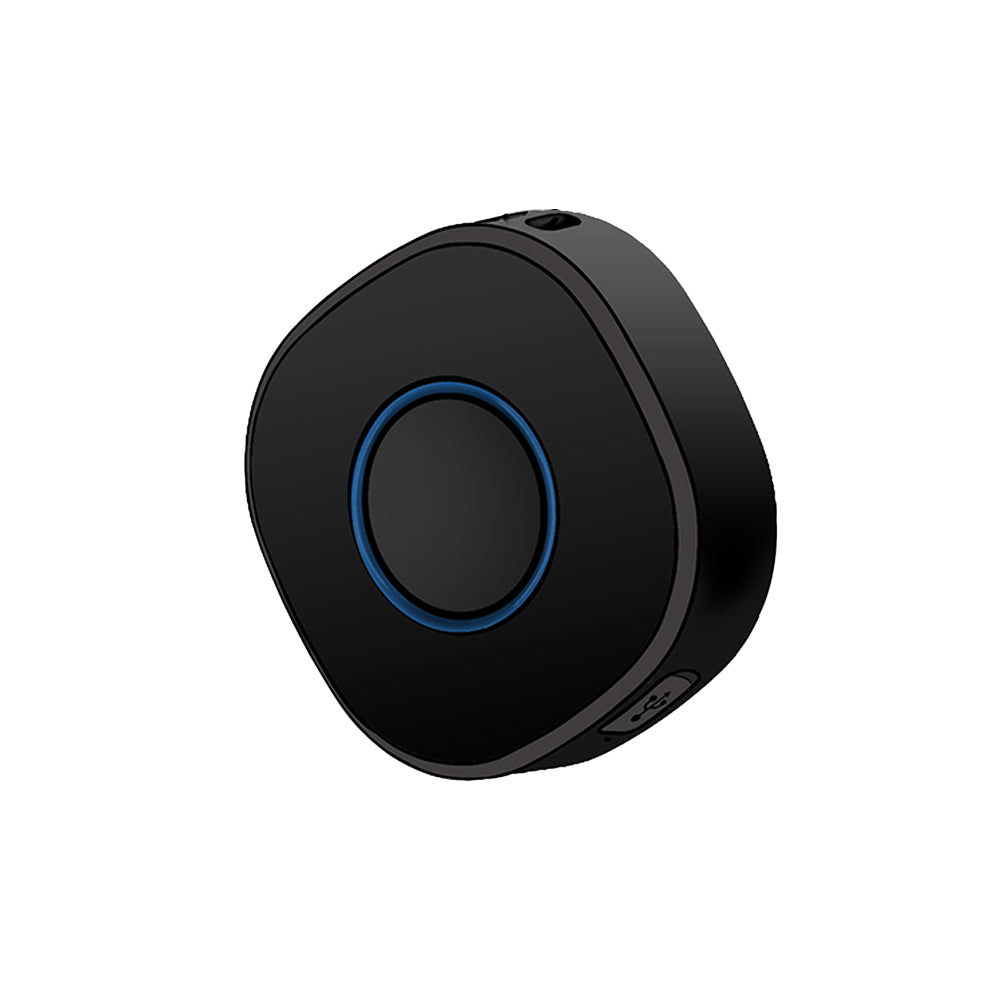Why Do GPS Tracker Need to Be Placed in an Open Area When Offline or Having Poor Signal?
This can be explained from two aspects: the transmission principle of GPS signals and interference factors. The core reason is that "an open environment minimizes signal loss and ensures stable communication between the gps tracker and satellites".
First, it should be clarified that GPS positioning relies on line-of-sight signal transmission between "satellites and devices"
The working logic of a GPS tracker is to receive radio signals from 24 GPS satellites orbiting the Earth, and determine its own position by calculating the time difference of signals from multiple satellites. However, the penetration of these radio signals is extremely weak, and they must maintain "unobstructed line-of-sight transmission". Once there is an obstacle or blockage in between, the signal will be attenuated, reflected, or even completely shielded. This causes the tracker to fail to receive sufficient satellite signals, ultimately resulting in "offline status" or "position drift and poor accuracy".
"Non-open environments" are the main cause of poor signal—two types of obstructions need to be avoided
In daily use, poor signal of the tracker often stems from the following two types of obstructions, and an "open area" can just avoid these problems:
• Hard obstructions: Metal, thick concrete, etc., will "completely block" the signal
GPS signals cannot penetrate metal (such as metal toolboxes, car trunks/glove compartments, shipping containers) or concrete structures thicker than 10 cm. These materials act like a "barrier", completely blocking satellite signals from the outside. The tracker is equivalent to being "disconnected from satellites", so it will definitely go offline.
(Special note: Placing the tracker under a vehicle is usually feasible. Although there are metal components at the bottom of the vehicle, most sides are open, allowing signals to enter from the sides without forming a "full-enclosure obstruction".)
• Soft obstructions: High-rise buildings, trees, and dense structures will "attenuate the signal"
Even without fully enclosed obstructions, if the tracker is in scenarios such as streets surrounded by high-rises, under dense woods, or in underground parking lots, satellite signals will be repeatedly reflected and refracted by these objects. This leads to a significant reduction in signal strength (professionally called the "multipath effect"). At this time, the tracker may only receive weak signals from 1-2 satellites, failing to meet the basic requirement of "3 satellites for positioning and 4 satellites for altitude determination". As a result, problems such as "poor signal, positioning delay" or even "offline status" occur.
An open environment also reduces device energy consumption and extends battery life
When the tracker is in an environment with weak signals, it will automatically enter the "high-frequency satellite search mode"—continuously increasing power to search for stronger signals. This significantly increases battery consumption. In an open area, however, the tracker can quickly lock onto 3-5 satellites without high-frequency searching. This not only ensures stable signals but also reduces power consumption, indirectly extending battery life.
Summary: The core role of an "open area" is to "allow the tracker to 'see' more satellites"
The so-called "open area" essentially refers to an environment "without full enclosure by metal/thick concrete and no obstruction of the sky by dense objects" (such as the roof of a vehicle, unobstructed areas of a balcony, open parking lots, etc.). In such an environment, the tracker can directly receive satellite signals from multiple directions, ensuring stable "satellite-device" communication and fundamentally solving the problems of offline status and poor signal.





